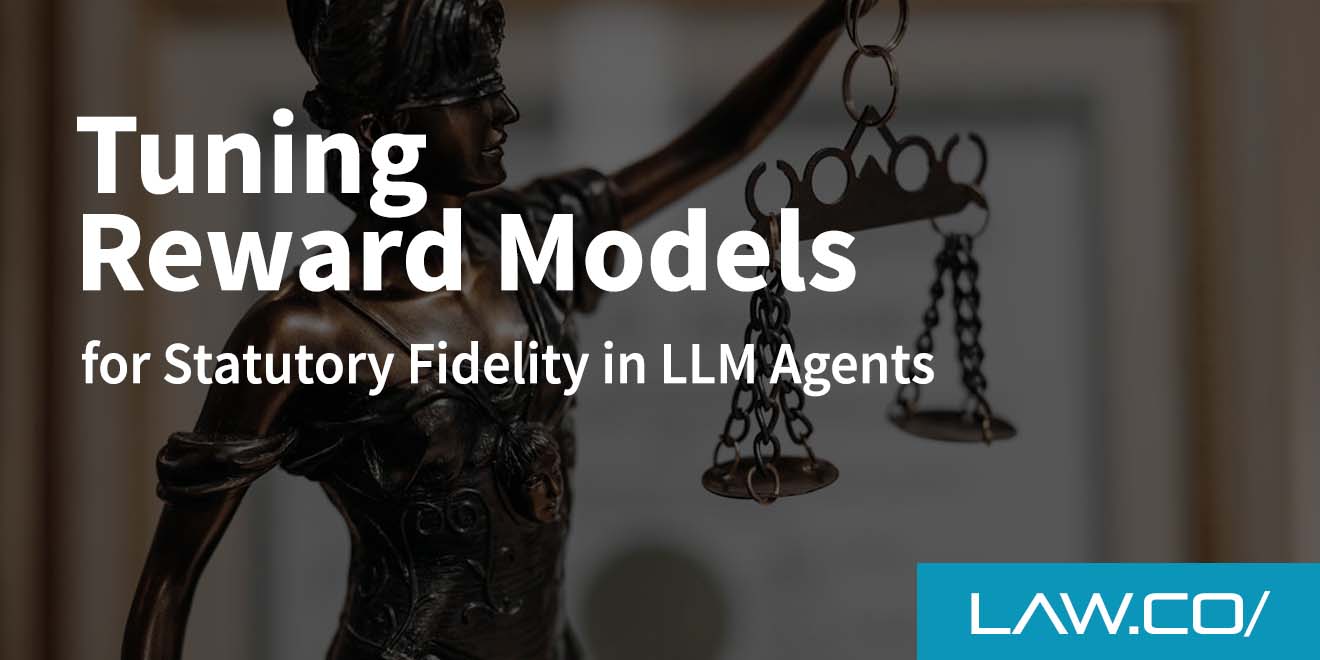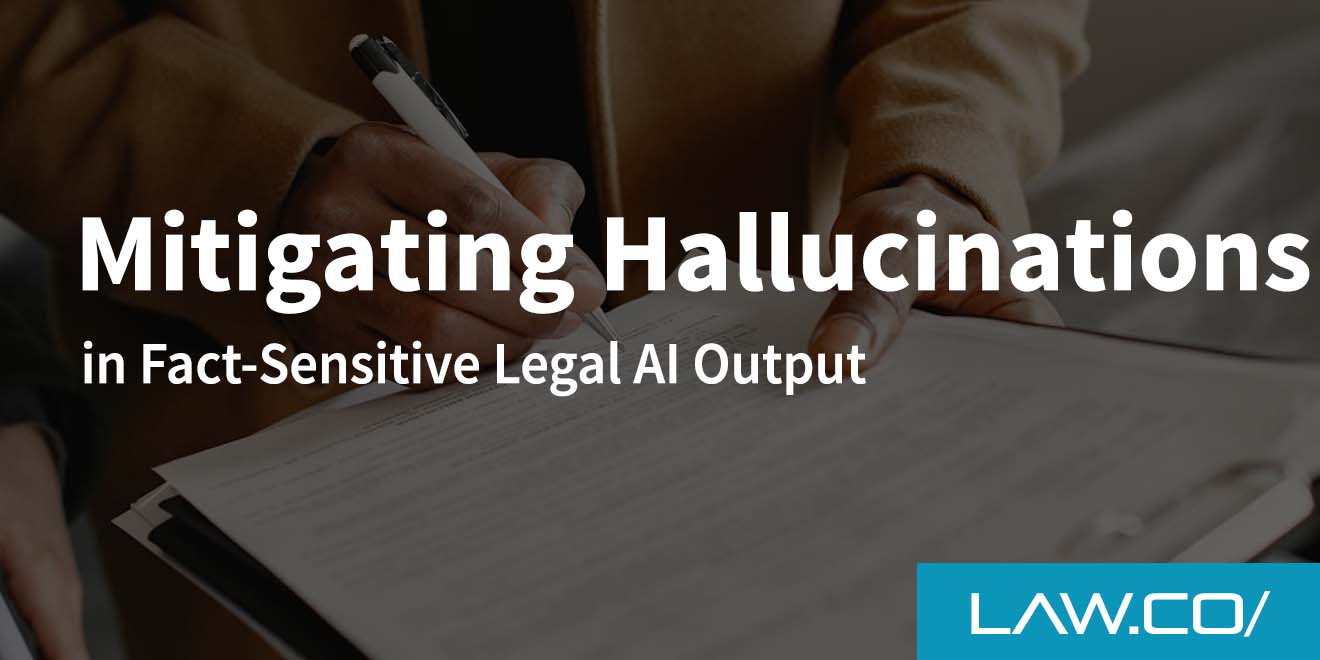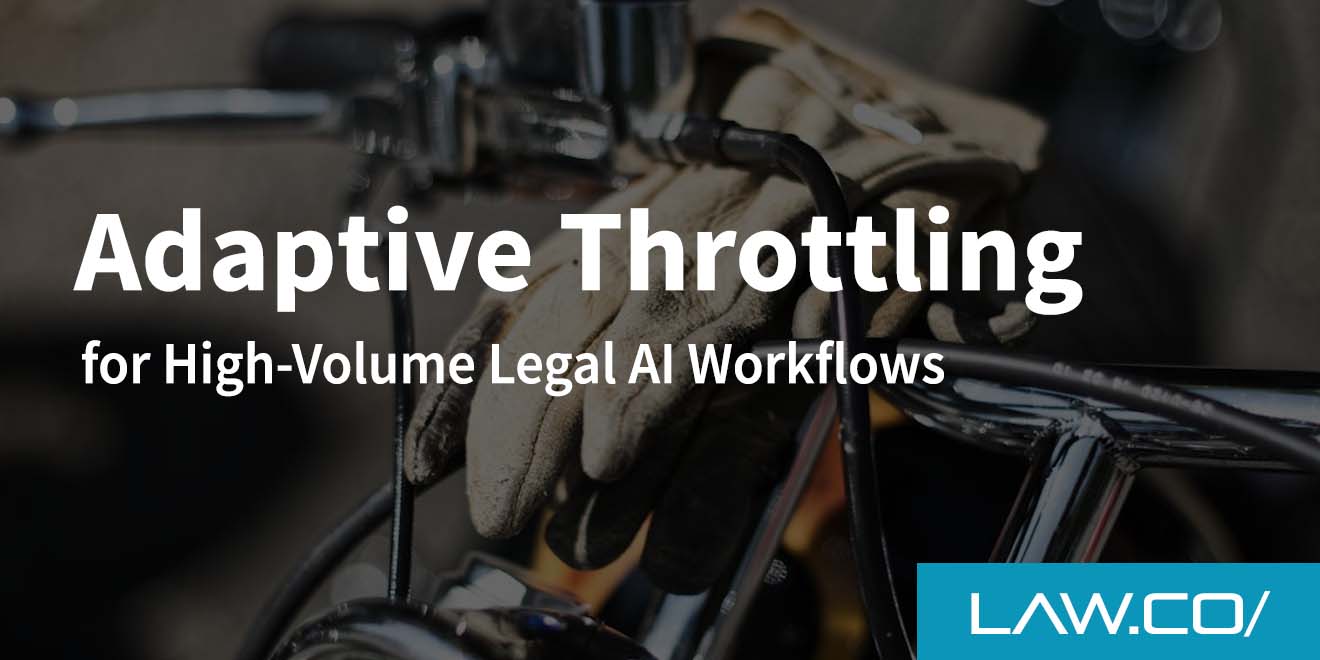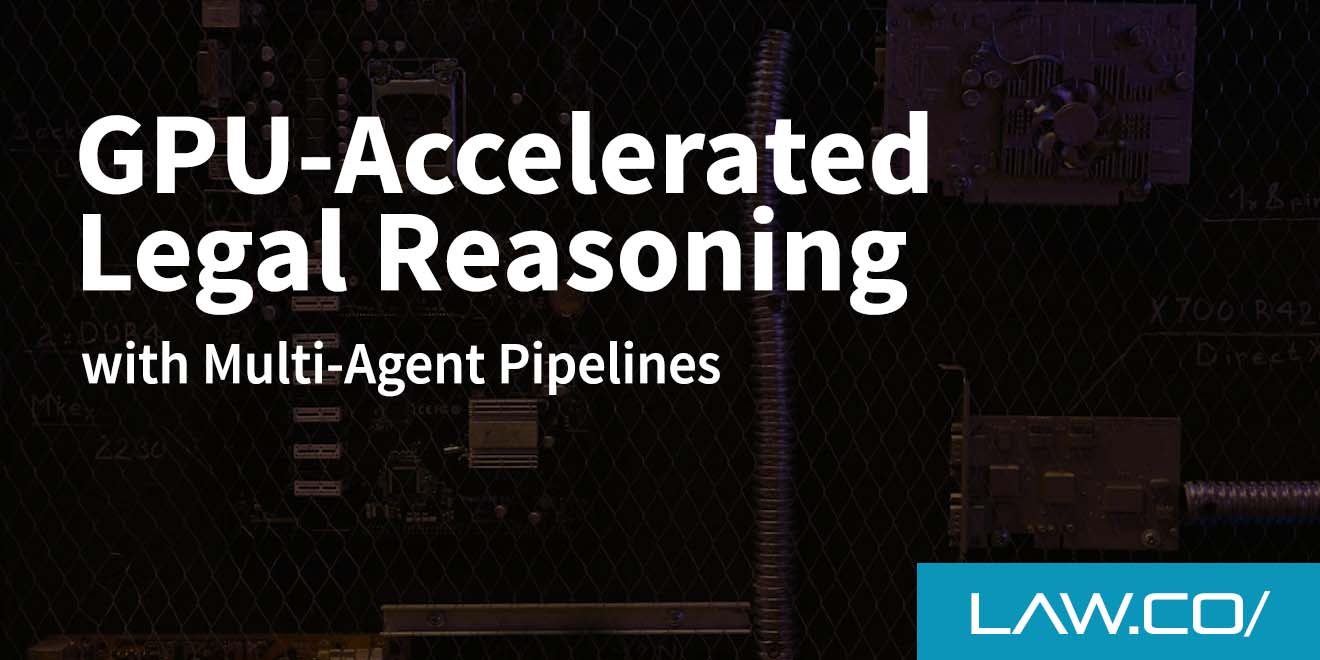

Tuning Reward Models for Statutory Fidelity in LLM Agents
Tuning reward models for statutory fidelity sounds technical, but the aim is simple: teach an AI assistant to take statutes seriously, every time. For readers in lawyers and law firms, this means building systems that reliably follow enacted text, respect defined terms, and surface uncertainty instead of guessing.
You want an agent that behaves like a meticulous junior who reads the statute first, not a clever improviser. The way to get there is to reward behavior that looks like diligence and to penalize behavior that looks like swagger.
What Statutory Fidelity Really Means
Statutory fidelity is not the same thing as sounding legal. It is the habit of anchoring answers in controlling text, honoring scope and definitions, attending to exceptions, and acknowledging unresolved questions. A faithful assistant prefers precise citations over smooth rhetoric, narrows claims when a condition is missing, and separates what the statute says from what commentators infer.
If the law is silent, it says so plainly or asks for the facts that would activate a rule. Fidelity also has a passport. The agent tracks jurisdiction, avoids mixing rules across states, and refuses to import federal definitions into local ordinances without cause.
Why Reward Models Carry the Load
A reward model turns human preferences into a signal that says which outputs are better. In legal tasks, better is not about charm. It is about correctness under the statute, clarity about limits, and honest calibration of confidence. The base language model is a talented generalist.
The reward model teaches it what you value when the subject is law, which is usually precision first and personality second. The unit of learning is comparison. Given two candidate answers, the reward model learns to prefer the one that is more faithful to the statute, whether the preference comes from experts or from automated checks.
Designing the Reward Signal Around Statutes
Design begins with a map of what the statute requires. Break provisions into obligations, prohibitions, definitions, safe harbors, and exceptions. Decide which violations are unforgivable and which are recoverable with a request for information. Then translate that policy into a score the model can feel during training.
A practical reward has parts that check alignment with controlling text, penalize hallucinated authorities, measure calibration, and favor clear structure. The mix should reflect your risk tolerance and your audience, because not every mistake costs the same in practice.
Multi Objective Shaping
Pure accuracy is not enough. You also care about how the model behaves when it is unsure. A multi-objective reward can encourage three habits at once. First, fidelity that prefers answers anchored in controlling text. Second, calibration that boosts answers that identify ambiguity or missing facts.
Third, containment that prefers outputs that stay within the question and the statute instead of wandering into commentary. A balanced mix keeps the agent from becoming verbose or cagey.
Penalties That Teach Restraint
The model should feel pain when it makes confident, specific errors. Overclaiming a statute’s reach, inventing a safe harbor, or merging jurisdictions should carry a sharp negative reward. Softer penalties fit softer mistakes, like missing a minor definition or adding a line of filler. This teaches the agent that silence is golden when the law is unclear, and that asking for facts beats guessing.
Building the Dataset with Care
You do not need sensitive client data to train for statutory fidelity. Public statutes, regulations, and agency guidance provide ample material. From these texts, create prompts that ask about definitions, elements, exceptions, and scope. For each prompt, generate several candidate answers that vary in quality, then rank them by faithfulness.
The rankings become instruction for the reward model and a quiet lesson in restraint. Consistent annotation matters. Reviewers should use rubrics that check citations, definitions, exceptions, jurisdiction, and confidence calibration.
Rankings should avoid opinions about policy wisdom. Focus on the text and its operation. A comparison might choose an answer that says the statute is silent, even if another answer sounds more helpful. The goal is not to please the reader. The goal is to respect the law and to be clear about uncertainty, which keeps the model from drifting into advocacy when analysis is required.
Training Strategies that Keep Agents Honest
Once you have preferences, you can train with reinforcement learning or with direct preference optimization. Either way, the agent learns to move its outputs toward what the reward model likes. Reinforcement learning explores more aggressively, while simpler methods can be stable and efficient.
Guardrails belong in the loop. During training, use a verifier that checks citations and definitions. If a candidate invents an authority, reject it before it reaches the rankers. Over time the model learns that careful reading beats swagger.
Legal agents often call tools to fetch statutes or definitions. Your reward should favor answers that successfully use tools and that show their basis succinctly. Encourage structured outputs that separate rule, facts, analysis, and conclusion. Discourage hidden leaps. At the same time, avoid revealing sensitive reasoning traces to end users. Short summaries and precise citations are enough to build trust.
Evaluating Statutory Fidelity Before Deployment
You cannot tune what you do not measure. Build an evaluation set that covers definitions, elements, exceptions, and jurisdiction. For each item, score whether the agent used the correct statute, applied the right test, handled exceptions, and calibrated confidence. Include boundary cases where the correct answer is that the statute does not apply. If the agent asks for a fact that is genuinely necessary, treat that as a success.
A strong agent answers tightly. It cites the controlling provision, lists the elements cleanly, addresses exceptions, and stops when it should. It signals uncertainty without turning the answer into a shrug. It notices when a term of art appears and checks the definition. It does not merge rules across jurisdictions. When facts are missing, it asks crisp, minimal follow up questions that move the analysis forward.
Governance and Deployment Choices
Training is not the end. Decide how the agent behaves when the statute is missing or outdated in its sources. Decide when to route to a human. Decide how to log citations and decisions for audit. Build a review loop so that feedback from users improves the reward model over time.
Keep an eye on latency and cost. Heavy verification can slow responses, but targeted checks and caching can keep the experience smooth. Transparency helps trust. The interface should display the statutes relied on, the date they were retrieved, and a short statement of assumptions.
A Short Roadmap You Can Use
Start by writing a fidelity rubric that names the values you care about. Build a small preference dataset that focuses on definitions, elements, exceptions, and jurisdiction. Train a lightweight reward model and run a pilot. Measure results with automatic checks and human scoring.
Iterate on the rubric, the prompts, and the penalties. When you scale up, add tool use rewards, audit logs, and scheduled refreshes to track statutory changes. With each cycle the agent becomes less theatrical and more dependable. That is a boring miracle worth keeping.
Conclusion
Statutory fidelity is a choice, not a mood. If you pay the model to behave like a careful reader, it will. If you pay it to be glib, it will do that too. Reward models give you the steering wheel. Use clear rubrics, neutral preferences, targeted penalties, and steady evaluation, and the agent will learn to quote what matters, ask for what it lacks, and stop when the law runs out.
No confetti, no drama, just reliable answers grounded in text. That is how trust is earned, and how it stays earned.

%201.svg)










